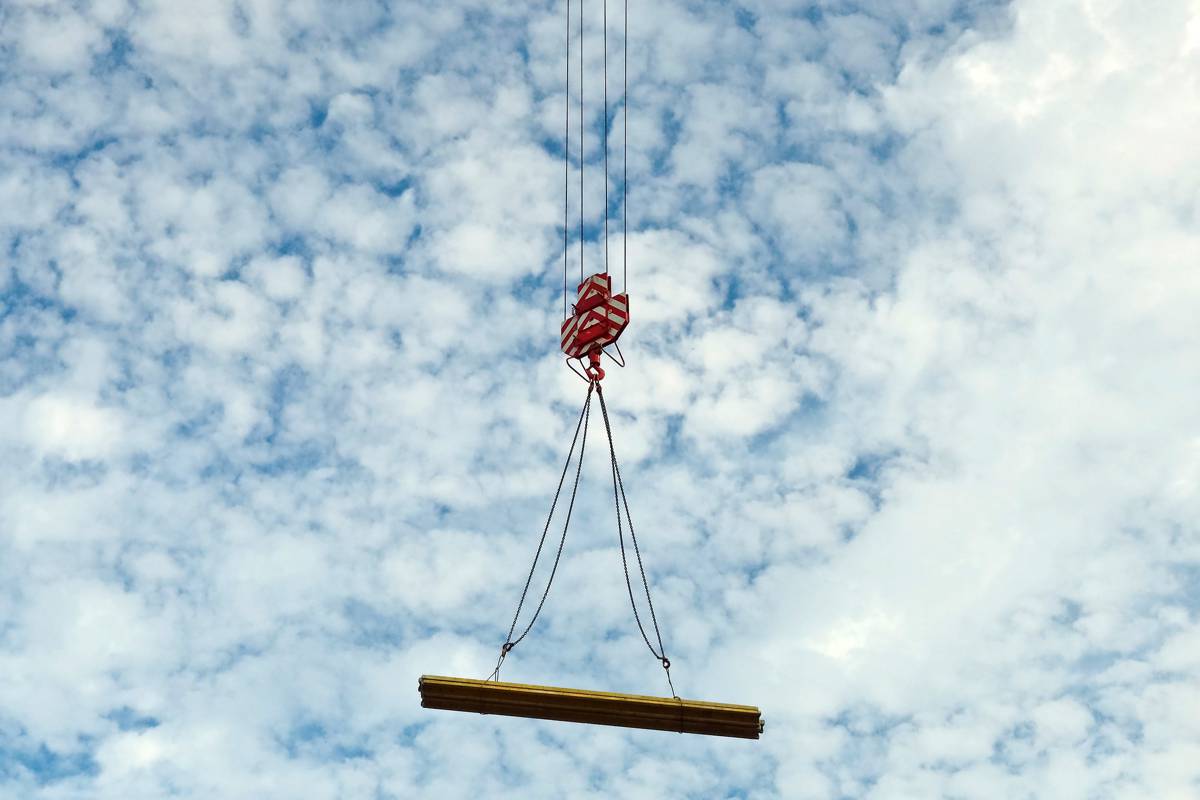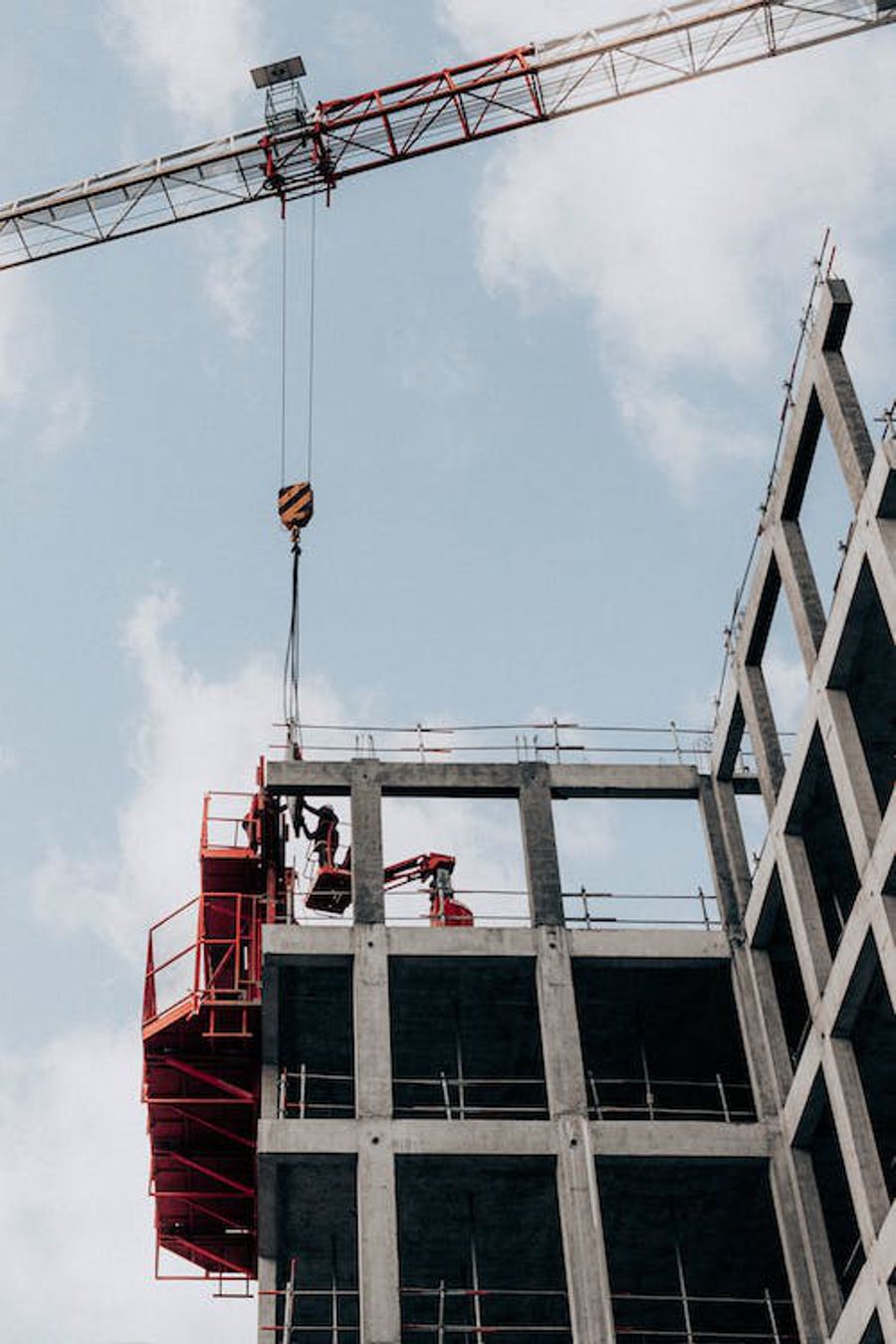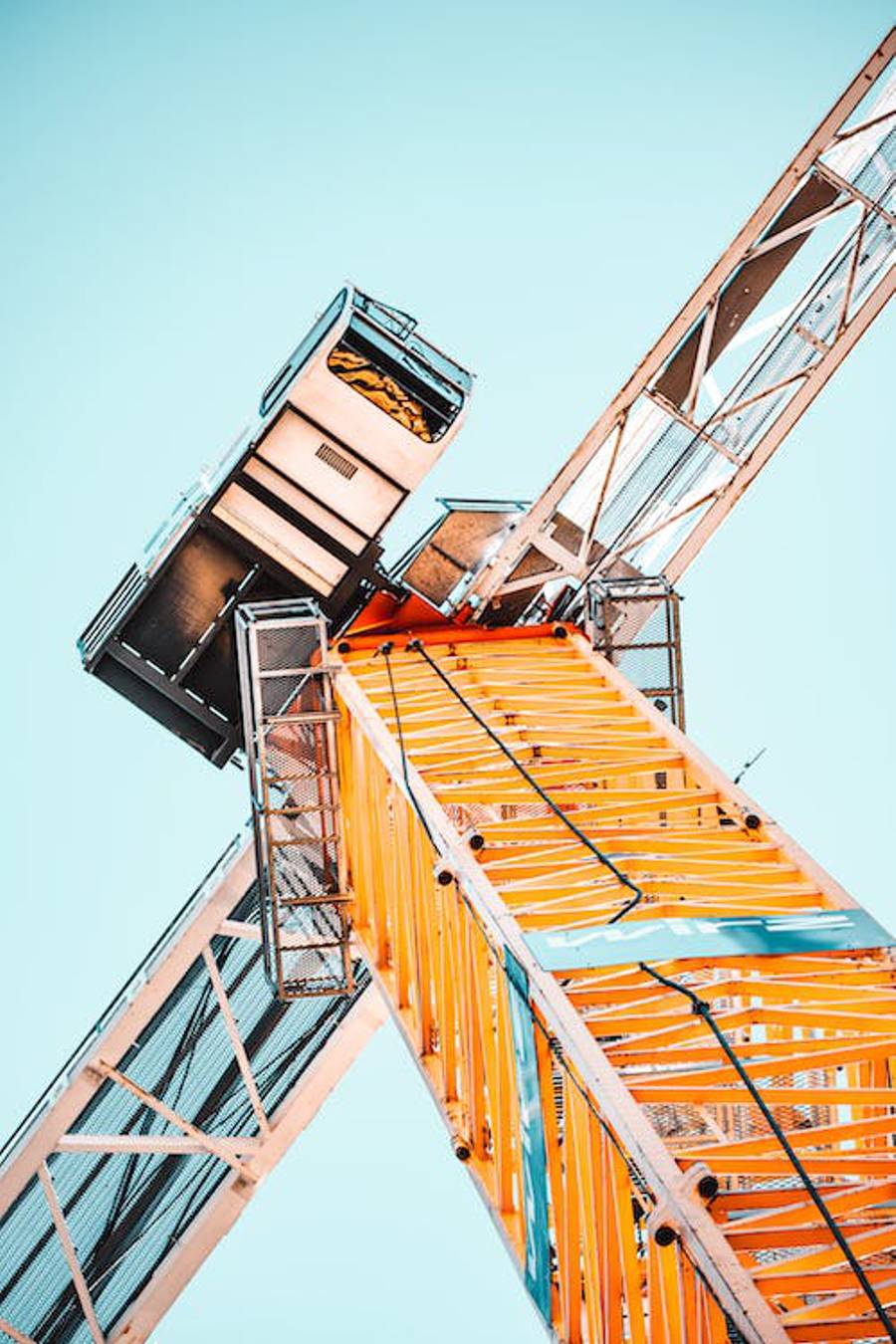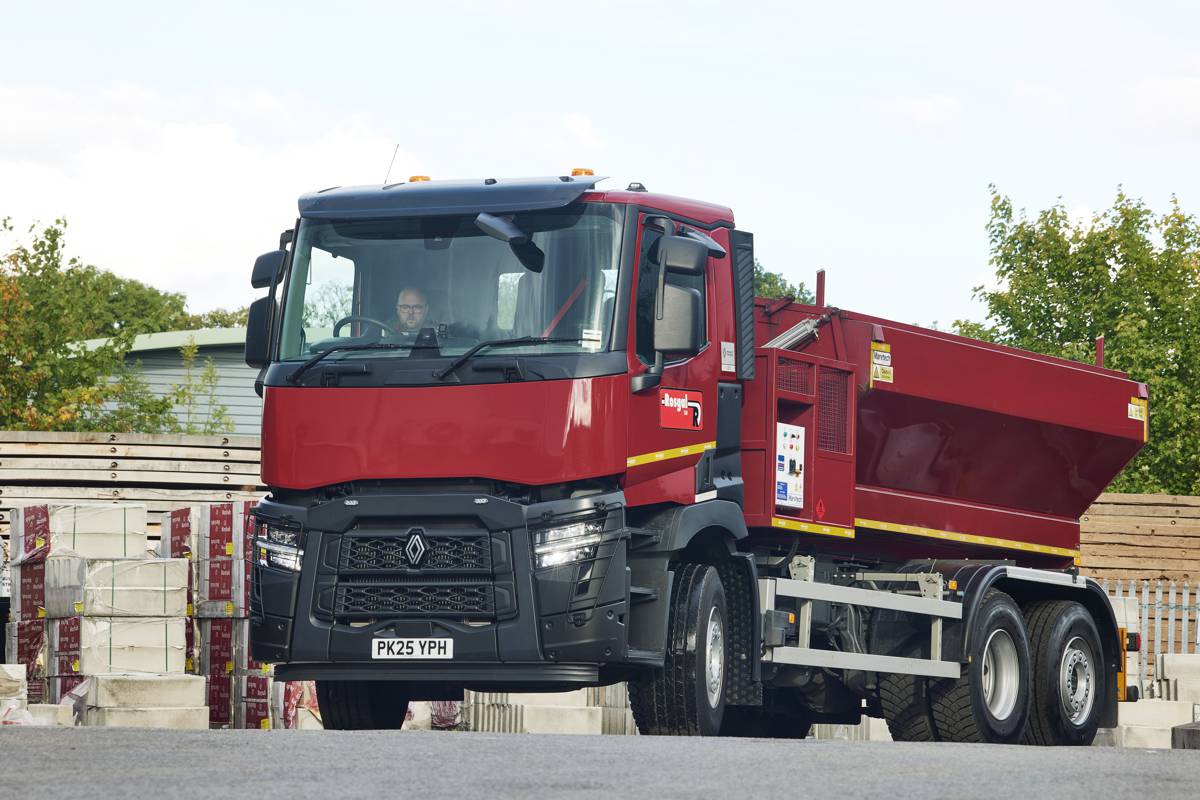Essential Hand Signals for Crane Operations
The safe and efficient movement of big loads on a building site relies heavily on the use of cranes, and crane hand signals are an integral element of this.
Learning the standard crane hand signals allows a signal person to safely guide a crane operator to do tasks such as raising and lowering the boom, hoisting and lowering the cargo, moving the load horizontally, and stopping the crane in an emergency.
The Occupational Safety and Health Administration (OSHA) mandates that anybody designated as a signal person fulfil particular credentials and be reviewed by a trained professional. Given that the BLS reports that more than 60% of construction accidents occur during the first year of a worker’s employment, it is necessary to provide training at the start.
This is a guide on the fundamentals of how to use crane hand signals, including a few signs unique to telescopic, crawler, and tower cranes. Regardless of whether you’re working with a tiny carry deck crane or a massive all-terrain crane, or even the biggest crane in the world, you’ll need to know some basic crane hand signals.

Stop Signals
Crane operation relies heavily on stop signals, which allow a signal person to rapidly convey the requirement to halt movement and activities.
Extend one arm out to the side, palm down, then bring it in toward your chest and out to the side again to signal a stop. For an emergency halt, extend both arms palms down, then swing arms back and forth, contacting the chest, then back out to the sides. To indicate dog everything, clasp both hands together and place them in front of the navel.

Boom and Load Signals
The long arm that projects from a crane is called a “boom,” and the operator receives instructions to either extend or retract the boom. Typically, there are three types of boom signals:
- Raise boom. Stretch one arm wide and point the thumb upward with the fist closed.
- Lower the boom. Hold your arm outstretched, with your fist closed, and your thumb pointing down.
- Swing boom. Stretch your arm outward and point your index finger in the direction the boom should move.
Load signals indicate to the crane operator whether the load should be raised or lowered using the crane’s hoist, which is a long chain with a hook that attaches to the load.
There are two common load signals, hoist, and lower load. Extend one arm vertically, pointing toward the sky, and make little clockwise circles with the hand to indicate a hoist load. Extend one arm vertically, point a finger toward the ground, and make little clockwise circles with the hand to indicate a lower load.
To maintain the crane within its safe working limitations, you may need to utilize a combination of orders to account for the load radius changing as the boom is raised and lowered. To indicate raise the boom and lower load, hold out one arm, point the thumb skyward, then open and close the other fingers. You may also indicate to lower the boom and hoist load by stretching your arm outward and pointing your thumb downward while opening and shutting your other fingers.
In addition, telescopic cranes, which have extendable and retractable booms, have their own set of boom instructions. To sign telescope out, hold your hands at your waistline with your thumbs facing outward and your fists closed. You may also sign telescope in, by holding your hands out in front of you with your thumbs pointing inward and your fists locked at waist level.

Travel Signals
Cranes may be moved in any direction, and the operator can be instructed on the safest manner to do so by using hand signals.
- Travel (Mobile Cranes). With the hand stretched out in front of the body, point the fingers upward while pressing in and out in the direction of motion.
- Trolley Transport (Tower Cranes). Make a fist with your other fingers while pointing your thumb in the direction you want to go. To signify back-and-forth movement, rock your thumb.
- Transport (Both Tracks-Crawler Cranes). Spin the hands in front of the torso with closed fists. A forward rotation signifies forward motion, whereas a reverse rotation indicates backward motion.
- Travel (One Track-Crawler Cranes). Raise one hand to indicate which track has to be locked, and then spin the other fist in front of the body to show the direction of travel.

Final Thoughts
Cranes, whether they are little carry deck cranes or massive all-terrain cranes, may weigh thousands of pounds and carry tremendous loads, thus their safe operation must be ensured by the use of crane hand signals. The use of standardized hand signals aids in the continuity of project sites and enhances safety across the construction sector.





















